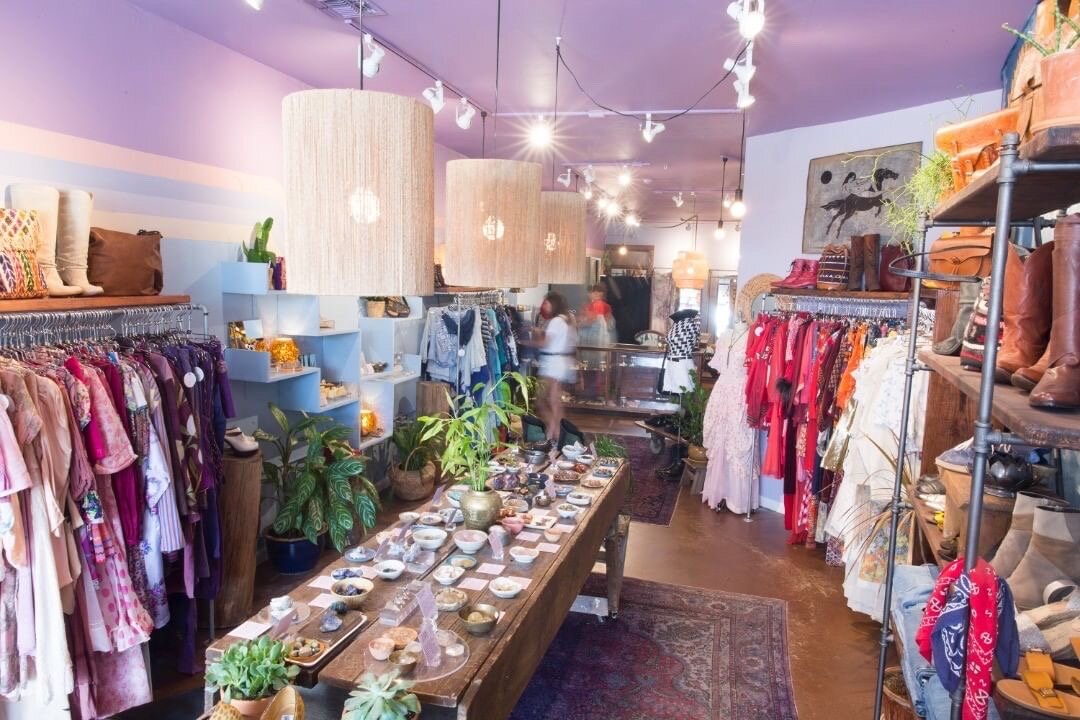Difference between Thrift Store and Vintage Shops
Blackfeather Vintage Works
Charm School Vintage
Every single day, vintage shop owners answer the question “where do you find all this vintage?” It’s a trade secret that many of us won’t share; however, to tell the truth, most of our inventory comes from private estates and collections. This means that our inventory comes to us through relationship building. Additionally, many shops do buy from the public (check the Vintage Around Town Guide to see who buys).
To be considered vintage in the vintage around town guide, item must be at least 20 years old, which means that it must have been produced before 2001. However, most of the shops in this guide carry items that are much older. Each shop in the guide has its niche, from antiques to 1990s.
The biggest misconception we hear is that vintage shopping is thrift. That horrible “T” word. Gasp! Lol. Thrift stores carry an array of goods, from furniture to home goods to clothing to other products, most of which were donated. Most thrift stores (at least in America) also give back to the community. It is a good way to donate unused items and save them from the landfill while giving back.
Vintage shops carry items that are older, rare, and the process of acquiring involves a lot of product knowledge and authentication. Unlike thrift stores, vintage shops are run by educated collectors who have a background in their specialty. Most are highly curated and take pride in their collections. Vintage shops are often set up to take the digging out of thrifting for their customers.
Some vintage can be found thrifting; however, vintage shops are NOT thrift shops. There are pros and cons to both types of shopping. Thrift shops are generally lower priced and you can find some killer items if you dig. Vintage shops will do most of the digging and processing for you. Good vintage shops also professionally clean your items. Both save you time, but it comes at an expense.


